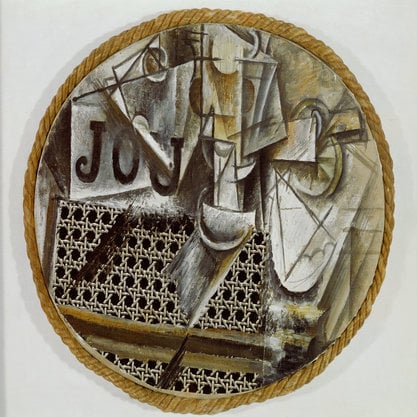Article
Kim, Whanki [김환기] (1913–1974) By Kyungso, Min
Article
A leading figure of the first generation of Korean abstract artists, from the mid-1930s Kim Whanki shaped a distinctive style by grafting Korean lyricism into modernist art practices. In 1943, Kim, along with some fellow Japanese-trained painters, formed a group called the New Realist School [신사실파] whose style combined realistic forms and abstract structures. Kim’s influential status in Seoul’s artistic community led him to serve as a professor at Seoul National University [국립서울대학교] and Hongik University, Seoul [홍익대학교]. In his earlier works, ceramics, traditional symbols, semi-nude women, and natural motifs were core subjects. The objects were rhythmically rendered in geometrical shapes, terse lines, and simplified colors and forms. Since the mid-1960s, he gradually eliminated recognizable images, and his work took on a monochrome hue. Dots of many sizes enclosed by layered squares and lines drawn toward different directions suggest islands on the sea or clouds in the sky, which engendered thematic continuity with previous works. The highly refined formal expression and a meditative sense of color in Kim’s paintings earned him formidable acclaim both at home and abroad.


